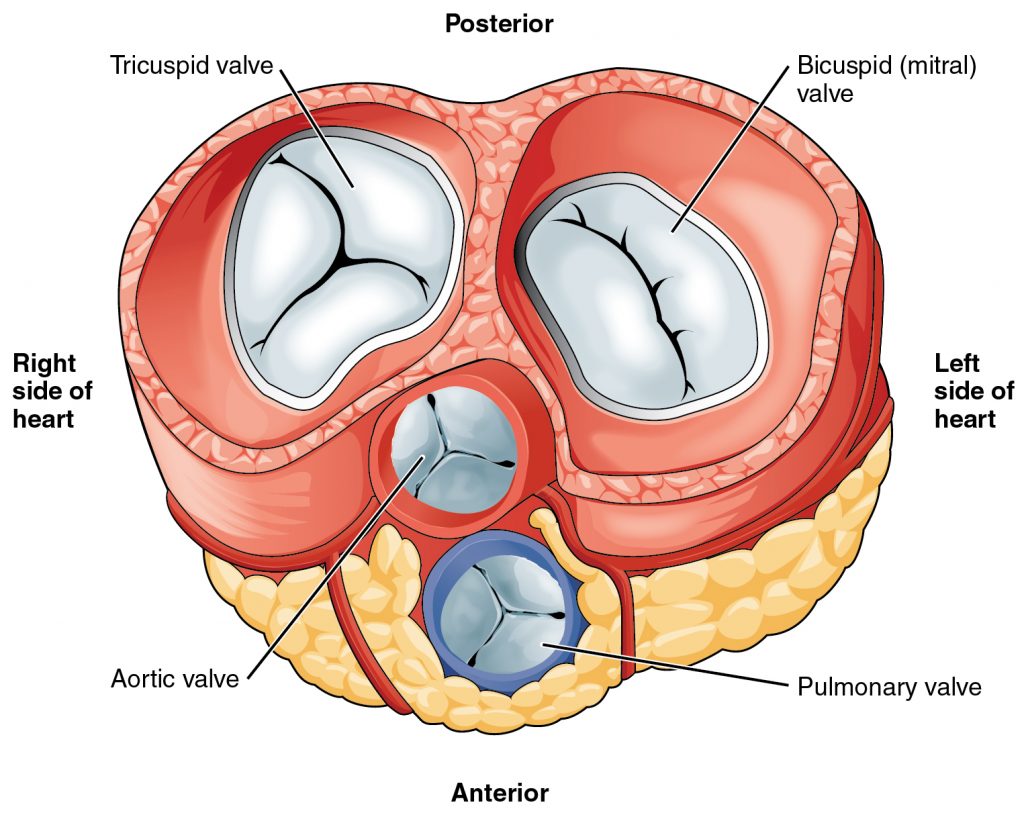Structural heart disease and heart defects refer to an abnormality in the heart’s valves or vessels. Some structural heart diseases are congenital (present at birth) while others develop as you age. Many adults live with valvular disease and aortic stenosis. It is estimated that 12% of adults over the age of 75 suffer from structural heart disease.
Different types of structural heart disease exist, including:
- Heart valve disease: The most common type of structural heart disease. Heart valve disease occurs when a valve in the heart does not work like it’s supposed to.
- Cardiomyopathy: This includes cardiovascular diseases that weaken the heart, resulting in it pumping blood less effectively.
- Aortic stenosis: The narrowing of the aortic valve, restricting blood flow in the heart.
Recent advancements in the treatment of structural heart disease allow physicians to perform minimally invasive procedures with lower risk and faster recovery.
What causes structural heart disease?
There are four valves in the heart: aortic, mitral, tricuspid, and pulmonary. These valves work to pump blood from the upper chambers of the heart, known as arias, to the lower chambers of the heart, known as ventricles.

When the heart is healthy and fully functioning, the valves work together to pump blood out to the rest of the body. When one or more of the heart valves are damaged, the heart cannot function properly and vital organs may not receive the oxygen needed to do their jobs.
In some cases, people are born with structural heart disease as a result of a congenital defect. However, certain factors may contribute to its development over time. These factors are also present in many other cardiovascular diseases, such as coronary heart disease.
- High blood pressure (hypertension): An extremely common condition in which the force of blood against the artery walls is too high.
- Atherosclerosis: A condition where fatty deposits (plaque) have developed along the arteries and restrict blood flow.
- Issues with the heart valves: The heart valves direct blood flow to different areas of the heart. If they are damaged, they can’t direct blood flow properly.
- Alcohol and/or drug abuse
- Aging: Age related wear-and-tear of the heart valves
Symptoms of structural heart disease
Depending on the severity of your structural heart disease, symptoms may or may not show. However, common symptoms include:
- Fatigue
- Angina (chest pain or a tightening feeling in the chest)
- Heart arrhythmias
- High blood pressure (hypertension)
- Kidney dysfunction
- Cramping in the legs, feet, or buttocks
- Stroke or mini-stroke
- Shortness of breath
- Migraines
Although these symptoms may signify that you have a structural heart disease, they can also point to other cardiovascular diseases. Consult with your doctor and request an evaluation for proper diagnosis.
How is structural heart disease diagnosed?
Since structural heart disease is generally a congenital defect diagnosed at birth, most people are aware of it and are able to build their lives around it. However, if you were not diagnosed at birth, there are several tests that your doctor can order to provide a diagnosis, including:
- Electrocardiogram (ECG or EKG): This records the electrical activity of the heart in order to check for signs of cardiovascular disease.
- Blood tests: These can check for a variety of factors. Most importantly, blood tests can be used to check the functions of the vital organs.
- X-Ray: This may be used to check the size of the heart, as well as possible fluid buildup in the lungs.
- Urinalysis: A urine sample may be analyzed to detect any issues within the kidney or bladder that could signify structural heart disease.
- Echocardiogram: This test utilizes sound waves to create an image of the heart’s structure.
- Computed Tomography Scan (CT scan): This measures the amount of calcium buildup in the coronary arteries.
- Cardiac Catheterization: This method involves injecting dye into the heart and arteries in order to create an analyzable image.
How is structural heart disease treated?
There are several different methods used by cardiologists to treat structural heart disease. Due to recent advancements in medical technology, it can now be treated by way of minimally invasive techniques and procedures. The most common procedures used to treat structural heart disease include:
- Transcatheter aortic valve replacement (TAVR): TAVR is a noninvasive surgical procedure that replaces the original diseased valve with a new valve. This procedure allows a safer alternative to treating certain structural heart diseases, such as aortic stenosis.
- Watchman Procedure: This procedure involves closing the left atrial appendage with the WATCHMAN™ Device. This procedure works to reduce the risk of stroke as well as relieve symptoms of atrial fibrillation.
- Balloon Valvuloplasty: This procedure involves using a transcatheter approach to help relieve pressure in the aortic valve. A catheter with an inflatable balloon at the tip is placed into the afflicted valve and then inflated until the valve has been opened.
- Mitraclip: is a minimally invasive procedure that uses a catheter to access the heart and repair the mitral valve.